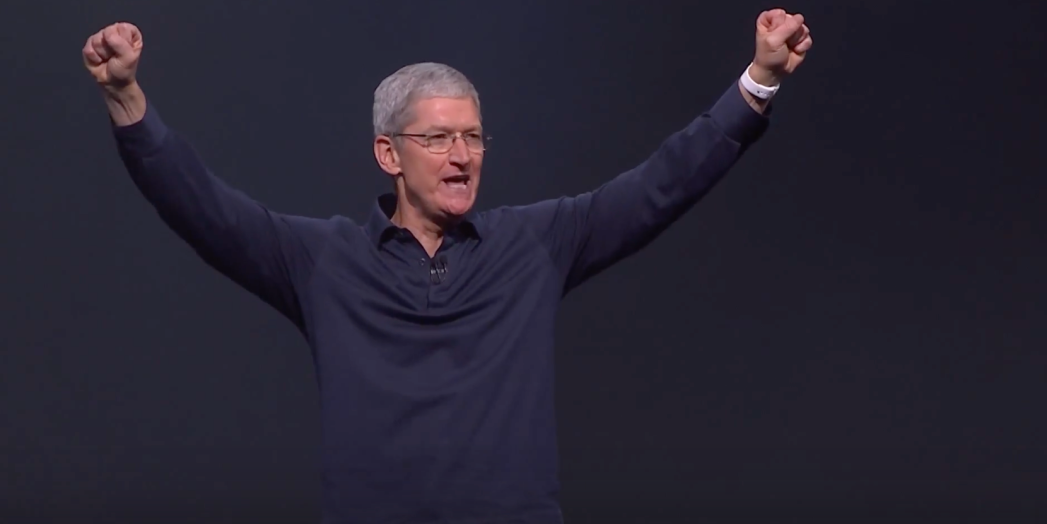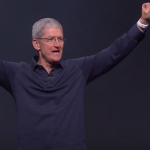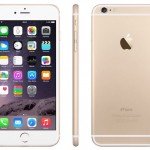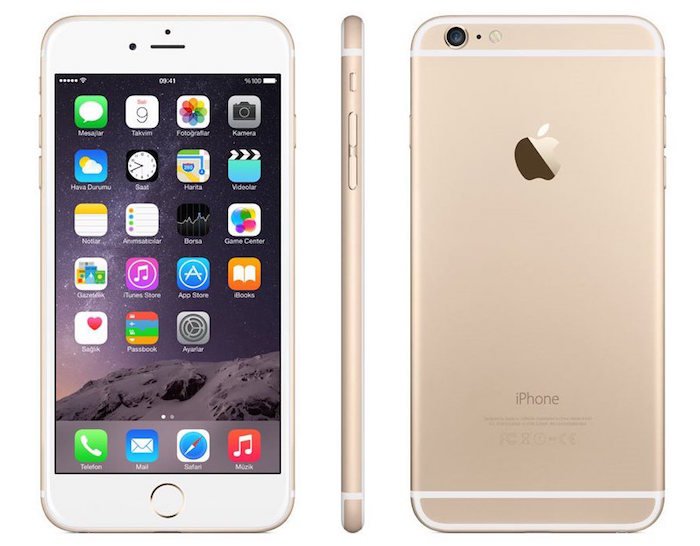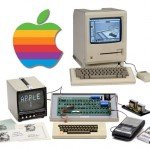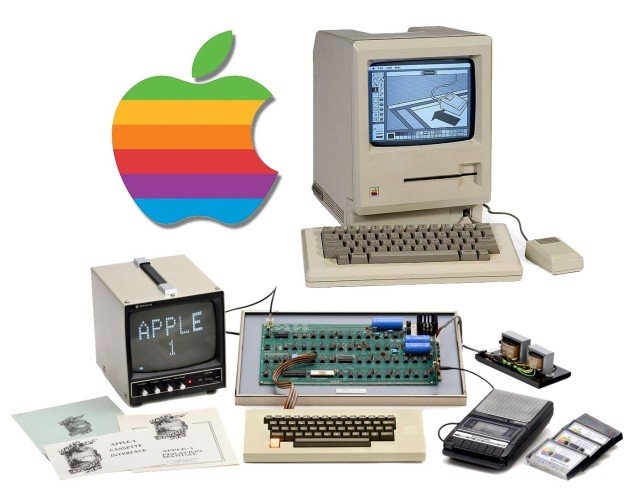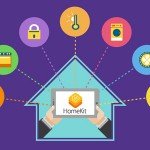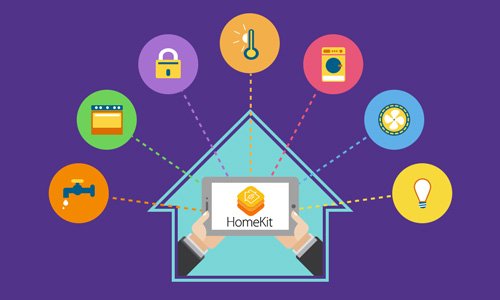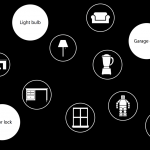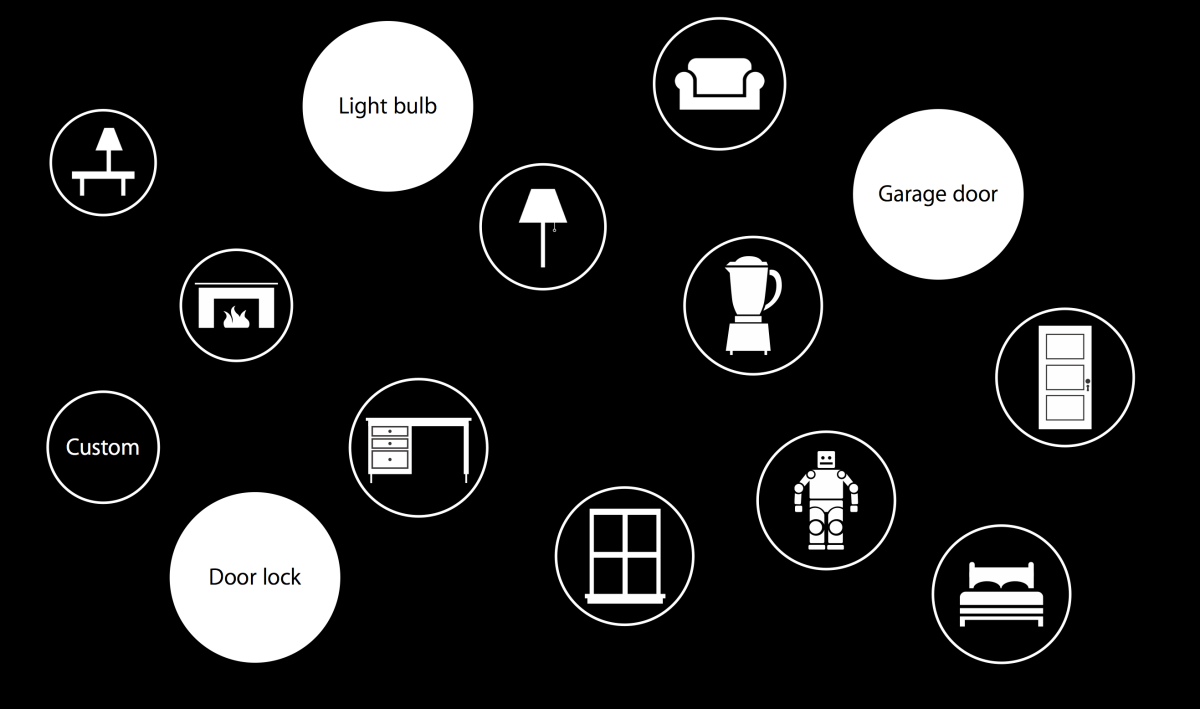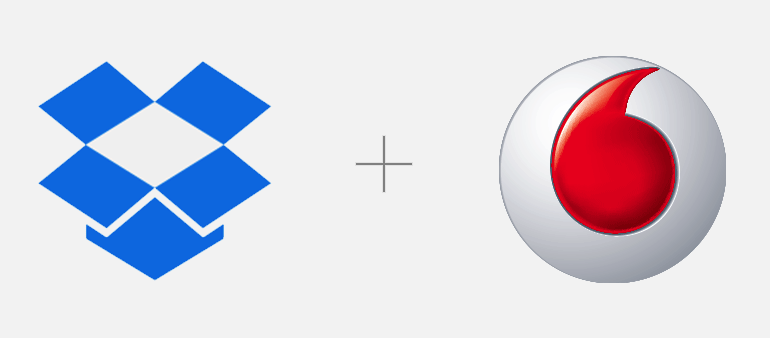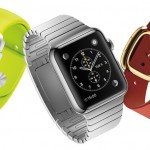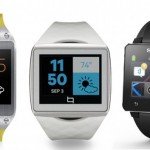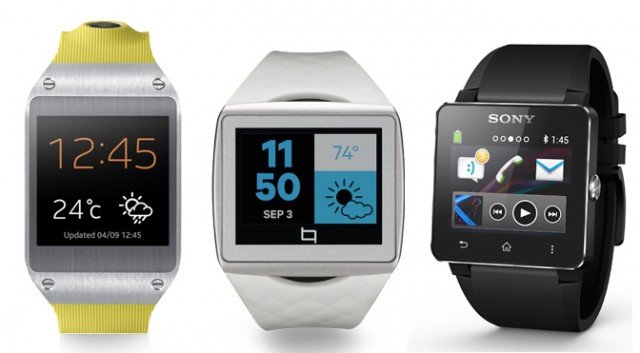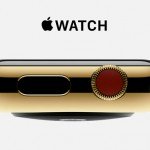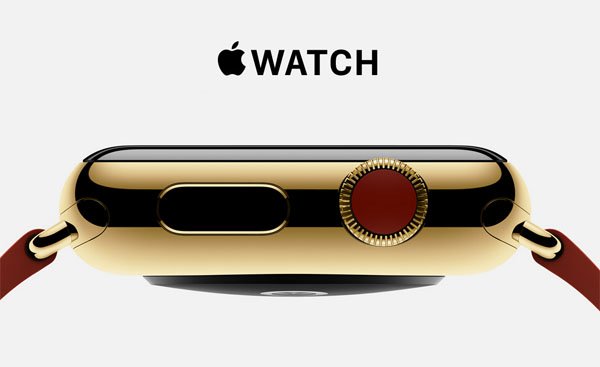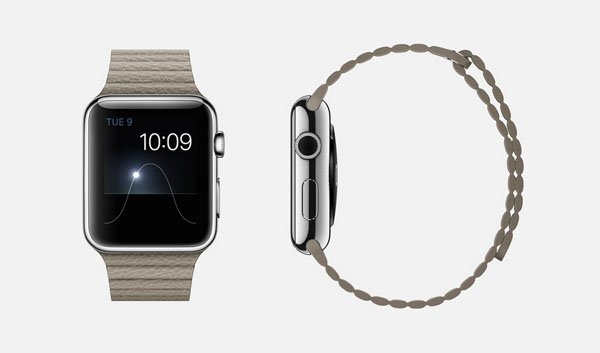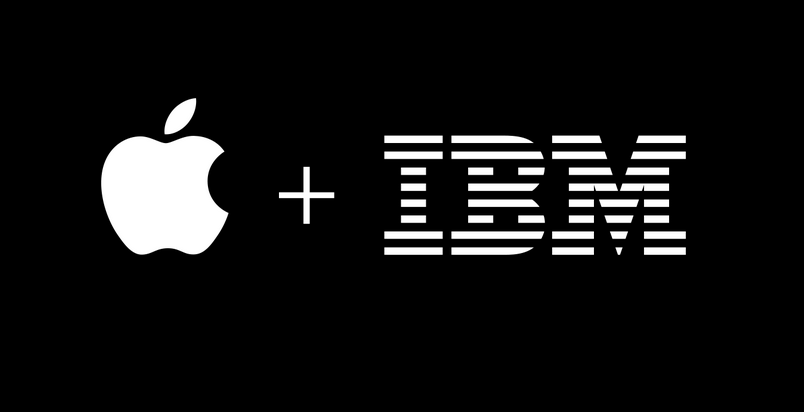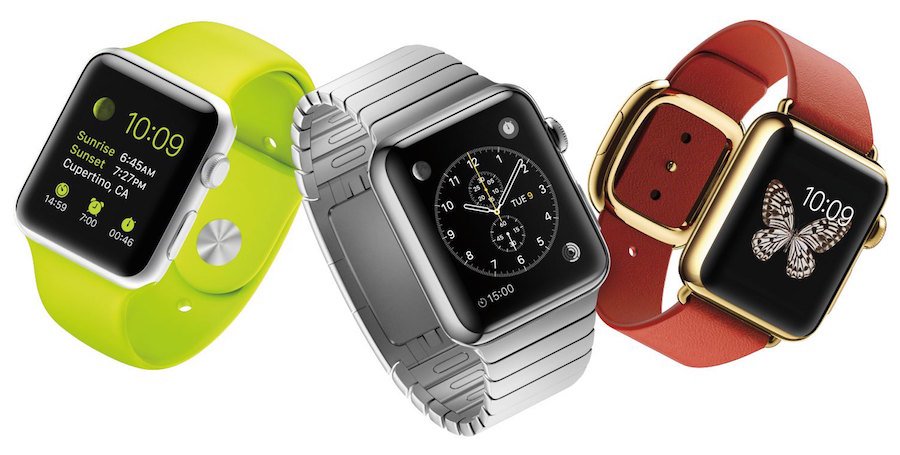
We’ve all been waiting for the launch of the Apple Watch since September, and just a few weeks before it hits the retail stores, Apple has released its full specifications together with its prices.
The Apple Watch is the newest device to be added to the Apple family. According to Apple, the watch is designed to cater to a variety of personal styles and preferences since they believe that what you wear is an expression of who you are. That said, you can get the watch in a variety of designs and they include: Apple Watch, Apple Watch Sport, and Apple Watch Edition.
Looking to get fit?
The Apple Watch is your comprehensive fitness companion as it will allow you to measure your day’s activity with a simple 3-ring graphic. The watch will tell you exactly what you need to do so as to keep fit. For instance, sit less and move more often blah blah… The watch will also suggest at the beginning of the week what you need to do more so as to achieve your fitness goals.
Other than time-keeping, fitness, and being your smart partner, the watch also hosts lots of great apps. The Apple Watch app is now available on iOS 8.2 for download. This is how you connect the watch to the phone. With this app you can choose what notifications you want to receive.
What about the battery?
Well, Apple has used state-of-the-art battery that is able to last up to 18 hours on a typical day. Charging the watch is a breeze, you will only need to attach a magnetic charger at the back.
Availability
Apple says that the Watch will be available for pre-order starting 10th of April, 2015. It will also start shipping on the 24th of April and will at first be available to a select few countries US, UK, Canada, Australia, France, Hong Kong, China, Germany, and Japan, with more to follow.
Prices
The Watches will all sell at different prices with the cheapest being the Apple Watch Sport (tailored for athletes) and it will start selling at $349.
The more fashionable stainless steel Apple Watch will cost between $549 and $1,040 for the smaller version and between $599 and $1,099 for the larger version.
The price range for each will depend on the band. The 18-karat Apple Watch Edition is the most expensive of all starting at $10,000.
Other Products/News
- Welcome HBO NOW for Apple TV
With Apple TV you can now get all the best programs from the best provides, HBO included. With HBO NOW you do not need to have a satellite or cable subscription as you can now watch all on Apple TV. This service will be exclusively available in the U.S. only starting April. It is set to cost $14.99 a month.
Read more about HBO NOW on Apple TV.
- The thinnest MacBook yet released
Apple has also announced a new MacBook laptop that weighs just 2 pounds and 13.1mm at its thickest point and according to Philip Schiller (Apple’s senior vice president of Worldwide Marketing) says that this is the thinnest MacBook that Apple has ever created.
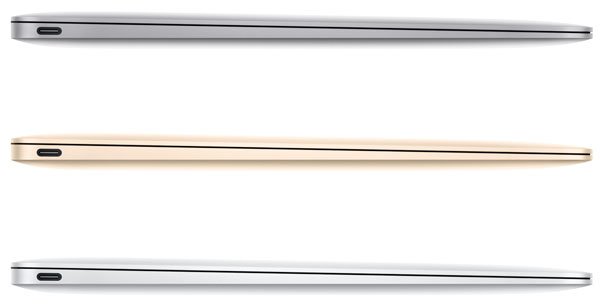
The MacBook is fitted with a trackpad with sensors that will detect just how hard you are pressing. For example, a soft-click on the forward button on a video will forward the video slower and a hard click will forward it faster.
The MacBook also comes with a revolutionary new port – the USB-C that allows you to do 5 things in one! For instance, you can use the port for hooking up a USB device, plug a video monitor, or use it for charging.
The MacBook like the new iPhones is available in dark gray, silver, and gold and it will retail at $1,299 and shipping starts on April 10.
